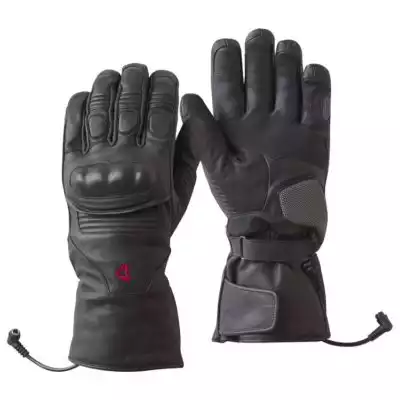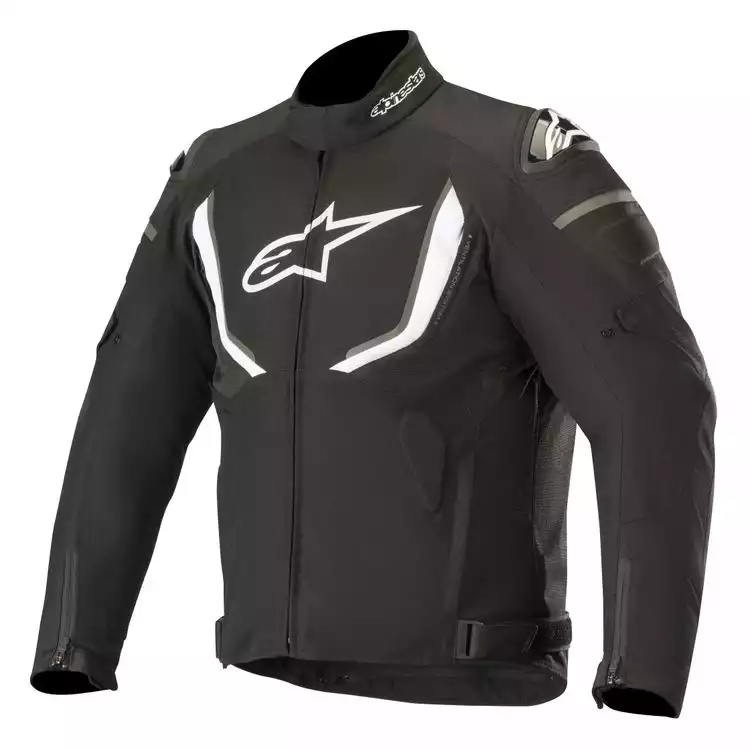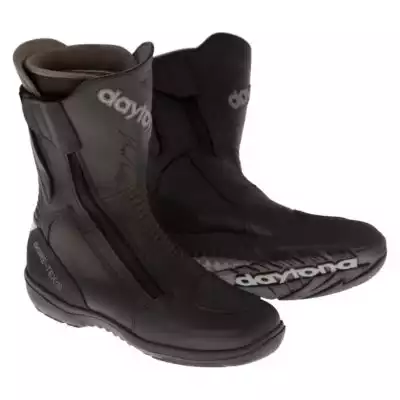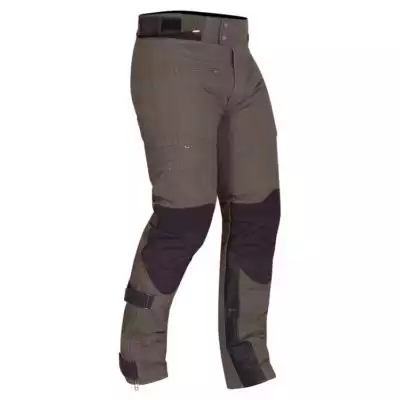Riding a motorcycle at freezing temperatures can be dangerous as ice can form on the road, presenting a hazard to riders. It’s not recommended to ride a motorcycle below 32°F.
Although motorcycles are not built for extremely harsh or cold conditions, some riders may have no other option for transportation. If you must ride in cold weather, it’s important to consider the potential risks and take necessary precautions.
Let’s consider the essential points when it gets cold outside.
Temperature and road conditions
Wind chill
Bikers need to pay special attention to the temperature during winter months.
While a thermometer will tell you the ambient temperature, it doesn’t consider the wind. Riders are very exposed, and the wind temperature can cause some serious issues.
Wind chill takes into account air temperature, wind strength, and humidity; wind chill is what the temperature feels like as opposed to what it is.
If we are riding along at 40mph at 32°F, it will actually feel approximately 19°F. That is very cold and makes for some seriously uncomfortable riding.
In these circumstances, the cold air takes warmth away from your body faster than it can produce, which causes your temperature to drop.
The human body has an internal temperature of 98.6°F; if this temperature drops below 95°F, then hypothermia will kick in.
Riding in freezing temperatures, therefore, is a serious risk to your health.
Some ways to minimize this risk include wearing the appropriate gear, which we cover a little later on.
Ground temperature
Being aware of the ground temperature is also extremely useful.
If the ground temperature is 32°F or less, then ice will form, and should it rain or snow, then the roads will very quickly become iced over, and the snow will settle, making for some hazardous riding conditions.
Black ice is a serious hazard. When it has been below freezing for a period of time, ice becomes more compressed, making it nearly impossible to see on the road.
For motorcyclists riding over black ice can have devastating consequences.
Road conditions
Snow build-up can make for some horrible slippery riding conditions. Also, it can cover up road signs, paint on the road, etc., all essential things for riding safely.
Even heavy rain can be hazardous for riding in as it reduces the rider’s visibility significantly. If you can’t see what is in front of you, then you shouldn’t be riding.
Read: How to ride a motorcycle in the rain
Furthermore, if you are struggling to see, then you need to remember that other vehicles on the road will also be struggling, and we know as bikers, we are already less visible to other cars on the road, so the risk of being hit increases.
Increasing your braking distance in cold weather, particularly if the roads are wet or potentially icy, is essential to have enough time to stop safely should you need to.
Correct winter gear
There are plenty of options for motorcycle gear loaded with the latest technology and materials to help keep you warm and protected when riding in cold conditions.
If you plan on riding in the cold, it is worth investing in some quality winter gear to help keep you safe and comfortable.
Take a look at some of our top recommendations:
Heated Winter Gloves
Our favorite pair are the Gerbing 12V Heated Gloves.
Read more about the best motorcycle heated gloves
Winter Motorcycle Jacket
Our favorite winter riding jacket is the Alpinestars T-GP R v2.
Read more about our favorite winter jackets.
Winter Riding Boots
The best winter riding boots we could find are the Daytona Road Star GTX Boots.
Read more about our top winter motorcycle boots.
Winter Motorcycle Pants
Our favorite riding pants for the winter are the Merlin Mahala Pants.
Read more about the best cold weather motorcycle pants.
Other essential items when riding in cold weather include; heated vests, heated socks, neck warmers, and balaclavas.
It is also vital that you have a good motorcycle helmet that ideally has a Pinlock insert that will stop your helmet visor fogging up and keep your visibility at 100%.
Winter riding conditions in rain, hail and snow can make visibility difficult, so having a clear, fog-free visor is invaluable.
You also need to account for the winter sun, which can be blinding when the sun sits low and bright on the horizon. An internal drop-down sun visor will help you block this, so your vision isn’t impaired.
We have put together some of the best winter helmets that you can check out for options.
Prepare the motorcycle
As well as investing in quality gear, you could consider kitting your bike out with some accessories to make it more suitable for cold-weather riding.
Some things you might consider:
- Heated grips
- Heated seat
- Handlebar wind deflectors
- Crash bars to protect the engine if you drop the bike
- Hard luggage, instead of soft, offers some protection to both your gear and your bike
- Windscreen
Some people fit snow chains to their motorcycle tires, and I have even seen some riders fit stabilizers alongside the snow chains.
If the weather is so bad that you are considering snow chains, then consider whether you need to ride your bike at all.
Again at temperatures freezing or below, riders are taking extra risks by being out on the road.
Comfort, confidence, and knowing your limits
Ultimately how cold it is to ride your motorcycle will be a personal decision.
If you are comfortable and warm, that is a good start, but you must be confident in your riding ability.
If you have the slightest doubt about riding, you shouldn’t be on the road, as that small doubt can cause you to second guess yourself and your decisions, causing errors you can’t afford when riding.
The key is to know your limits and ride within them.
Final Thoughts
Where possible, you should avoid riding your motorcycle at freezing or below. At that point, riding can become uncomfortable and unsafe due to the riding conditions.
However, if you need to ride in these circumstances, then you need to make sure your riding equipment is up to the task to keep you warm and protected against the hazards that riding in the cold throws at you.



